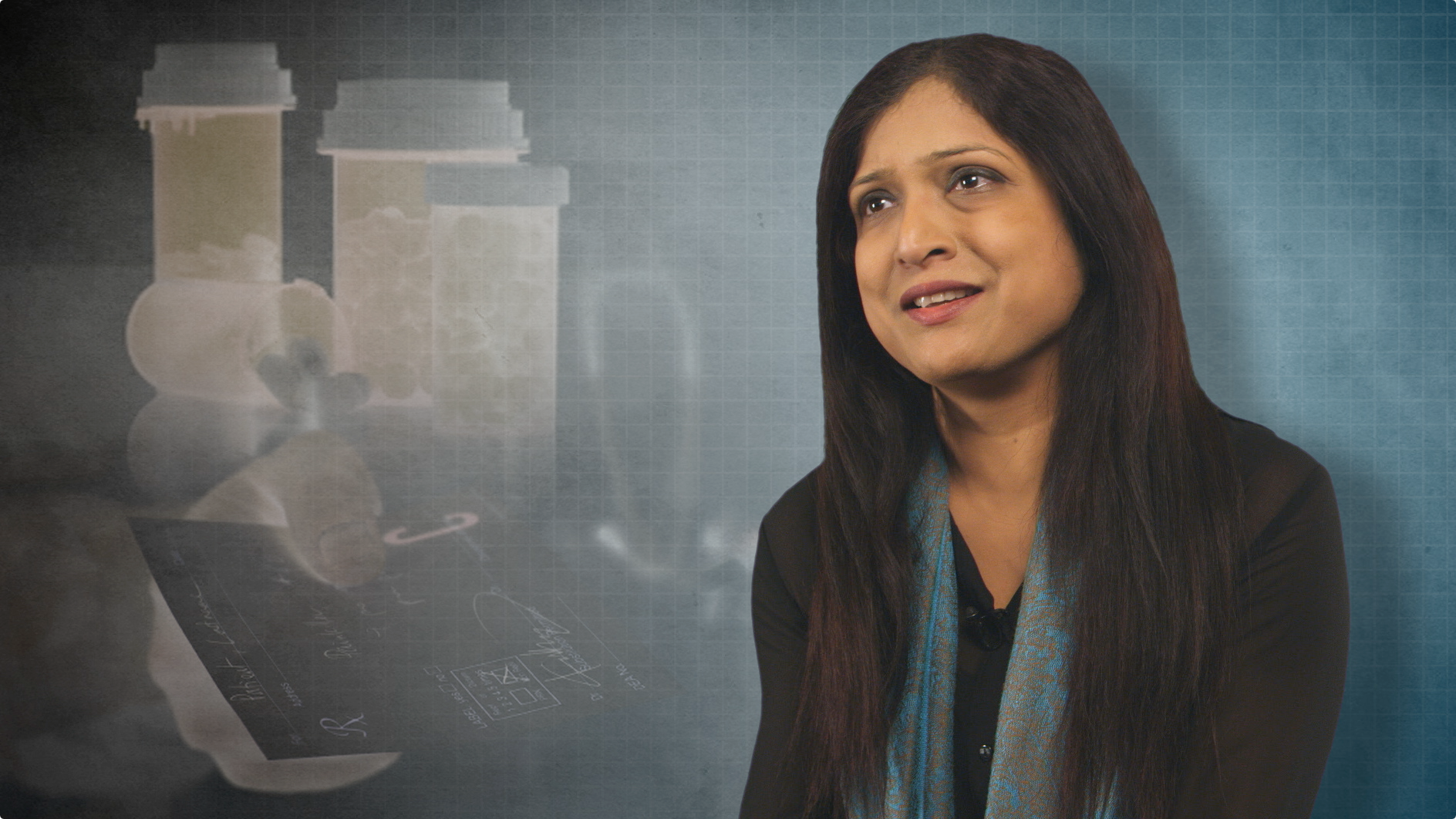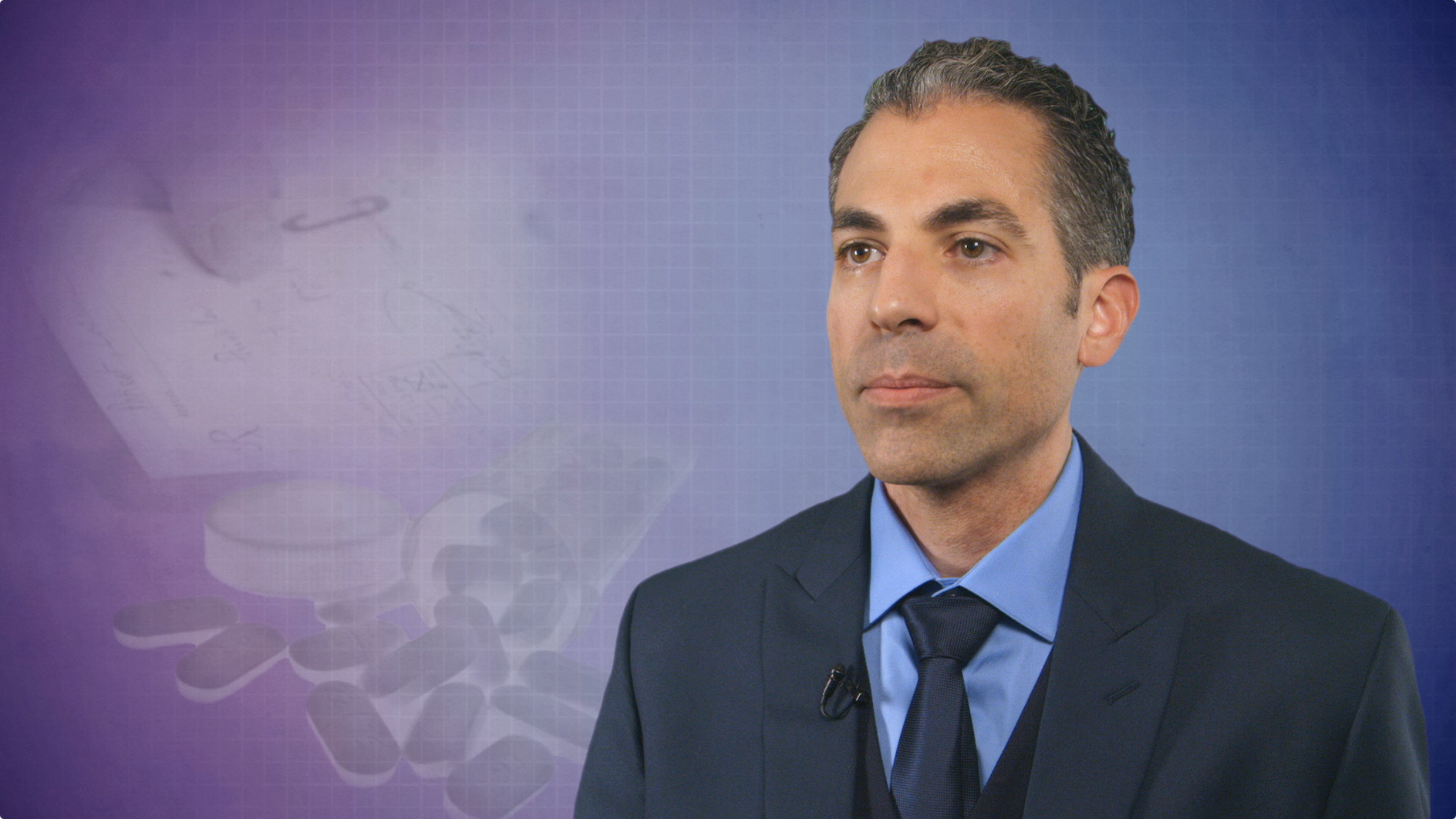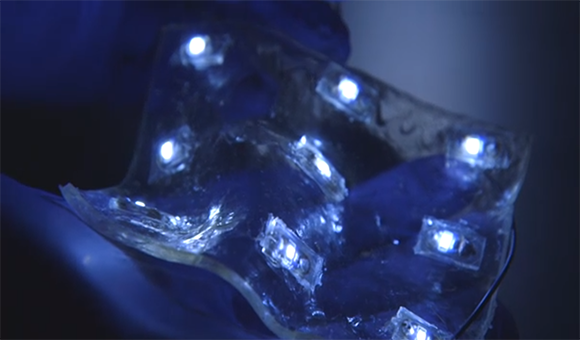Spinal manipulation unlikely to reduce acute low back pain
Reuters Health • The Doctor's Channel Daily Newscast
The value of adding SMT to other treatments for acute low back pain is unclear, Dr. Peter Juni, of the University of Bern, Switzerland, and colleagues note in the August issue of the Annals of the Rheumatic Diseases.
In their study, the investigators randomly assigned 104 adults aged 20 to 55 years with acute low back pain to SMT plus standard care or standard care alone. Standard care consisted of general advice and paracetamol, diclofenac, or dihydrocodeine as needed. There were 52 patients in each group.
“The objective of the trial was to determine whether treatment with SMT in addition to standard care is associated with clinically relevant reductions in pain and analgesic consumption within 14 days of the initial consultation,” the researchers explain.
According to Dr. Juni and colleagues, reductions in pain, based on a standard pain scale, were similar in both groups, “excluding a relevant benefit of SMT.”
Analgesic consumption was also similar in the two groups.
Fifty patients in the SMT group and 51 in the standard care group were re-evaluated at 6 months. At this point, according to the investigators, there were no between-group differences in pain intensities.
In the SMT group, 22 patients (44%) were pain free at six months compared to 30 patients (59%) in the standard care group (difference -15%; p = 0.17). Seven SMT patients (14%) reported not using analgesics compared to four patients (8%) in the control group (difference 6%; p = 0.36).
“We found no evidence for a clinically relevant benefit of SMT in addition to standard care in patients with acute low back pain,” the investigators report.
“While we cannot exclude that specific subgroups of patients with acute low back pain will benefit from adding SMT to standard care, we believe that….our trial provide(s) reliable evidence that the majority of patients with acute low back pain can be effectively treated without SMT,” they conclude.
Reference:
Ann Rheum Dis 2009;68:1420-1427.






